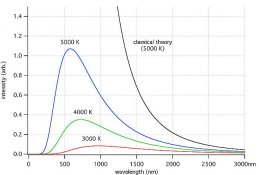Arvee
Member
Out of sheer curiousity I did the following casual experiment with my collection of exposure meters. I went into the kitchen last night and turned the electric range on the lowest setting and let it come to temperature. Then, in an almost totally darkened room, I metered the IR coming from the stove.
I was amazed by the amount of "light" the meters saw!
I didn't record the numbers and may do that in another experiment but here in the desert in UT there is a ton of radiated IR in the shadows from the latent heat in boulders where temps can get upwards of 140F. Both CdS and Si registered strong numbers with Si being higher but, of course, my old trusty Sekonic L398M didn't flicker. which I expected from a selenium meter.
I need to run some more tests but this sure explains some of the inconsistencies I see in summer desert photo sessions. Maybe the rule here is selenium in the summer sunshine and use the others during the other seasons although I am not sure how much reduction of IR occurs during the colder seasons, or, just stick to the older technology for landscape shooting.
IR experts, please comment....
Thanks!
Fred
I was amazed by the amount of "light" the meters saw!
I didn't record the numbers and may do that in another experiment but here in the desert in UT there is a ton of radiated IR in the shadows from the latent heat in boulders where temps can get upwards of 140F. Both CdS and Si registered strong numbers with Si being higher but, of course, my old trusty Sekonic L398M didn't flicker. which I expected from a selenium meter.
I need to run some more tests but this sure explains some of the inconsistencies I see in summer desert photo sessions. Maybe the rule here is selenium in the summer sunshine and use the others during the other seasons although I am not sure how much reduction of IR occurs during the colder seasons, or, just stick to the older technology for landscape shooting.
IR experts, please comment....
Thanks!
Fred
Last edited by a moderator:




